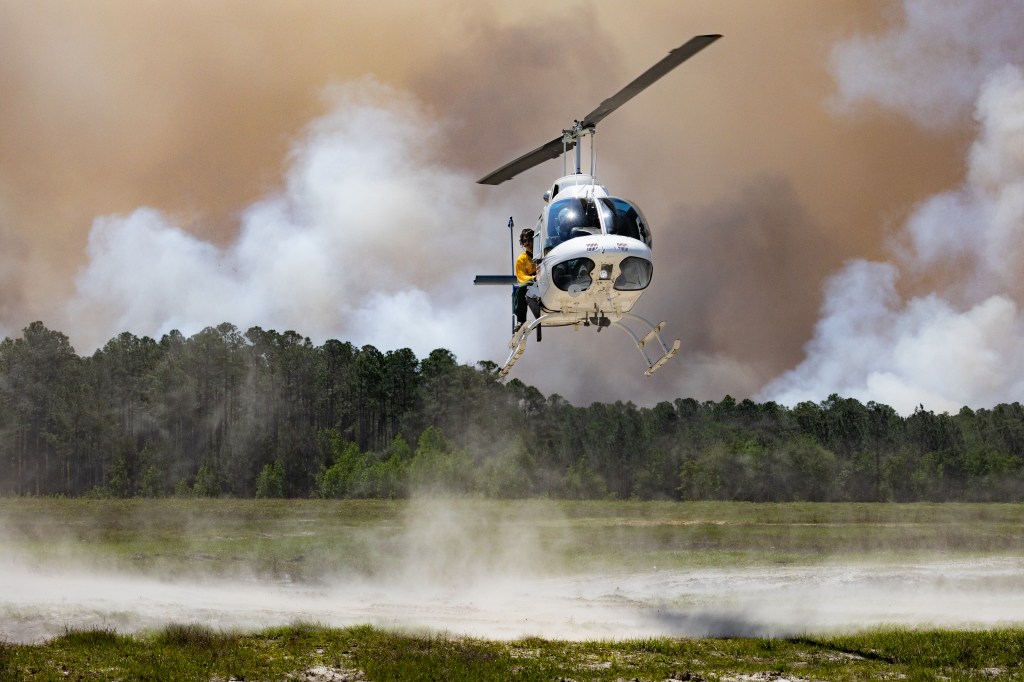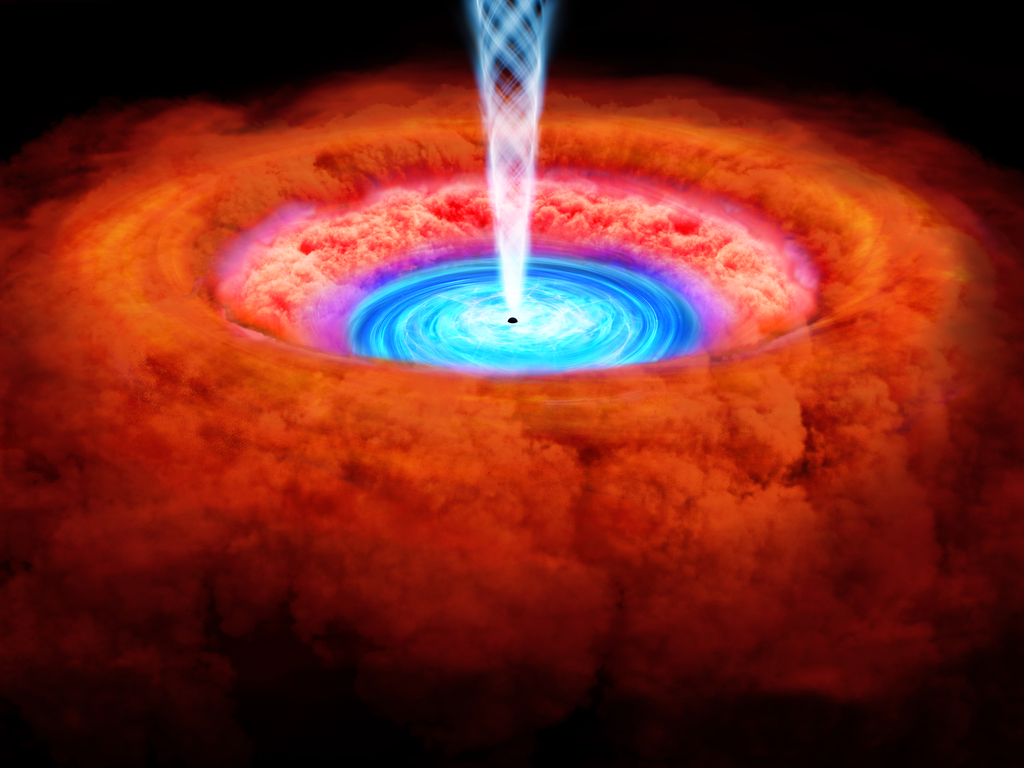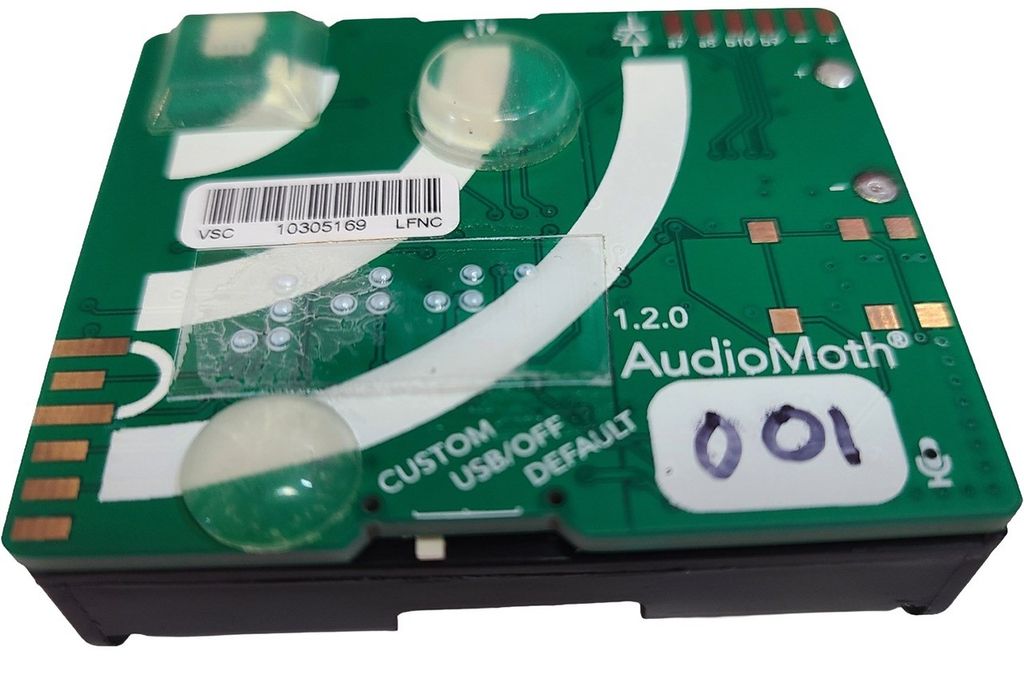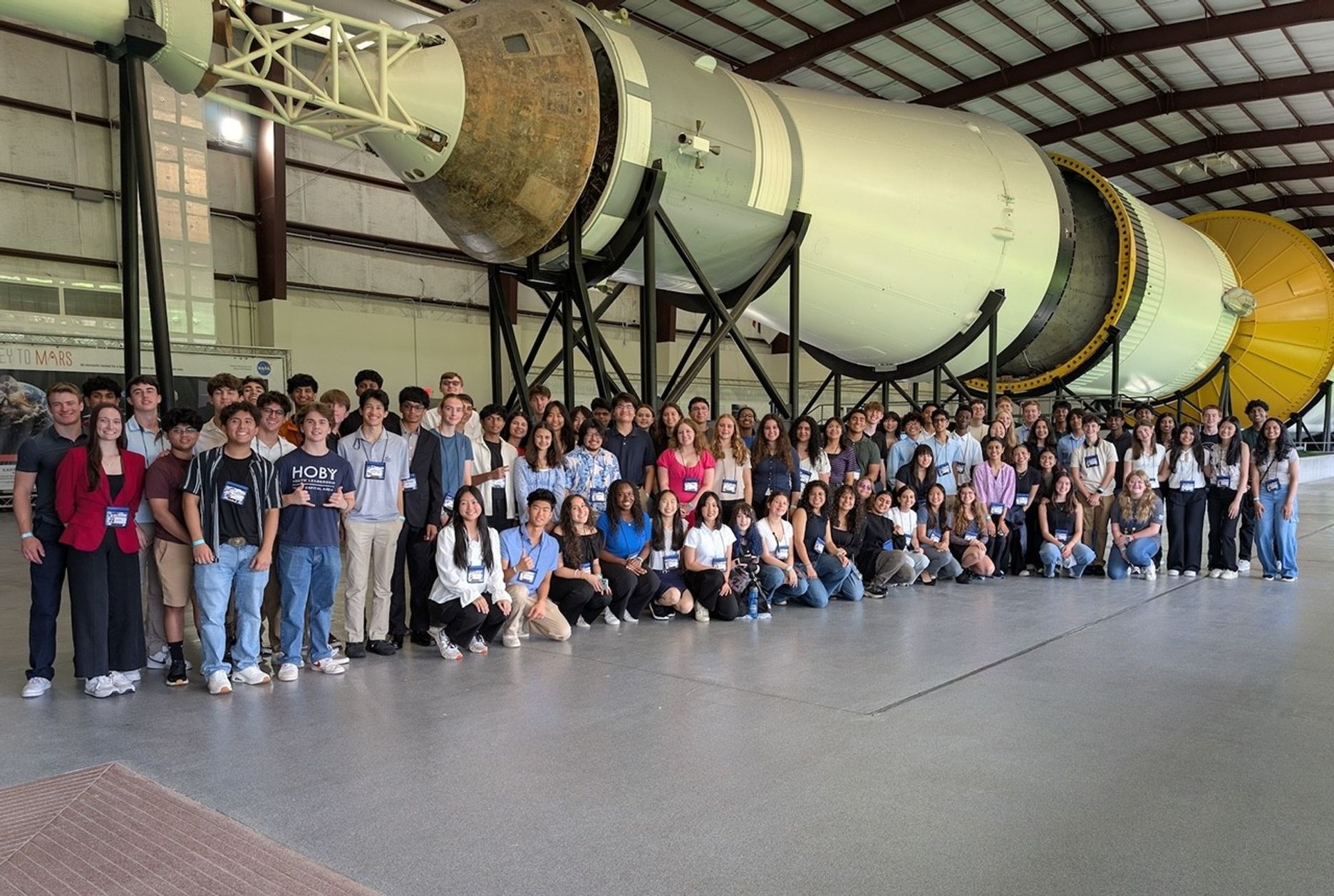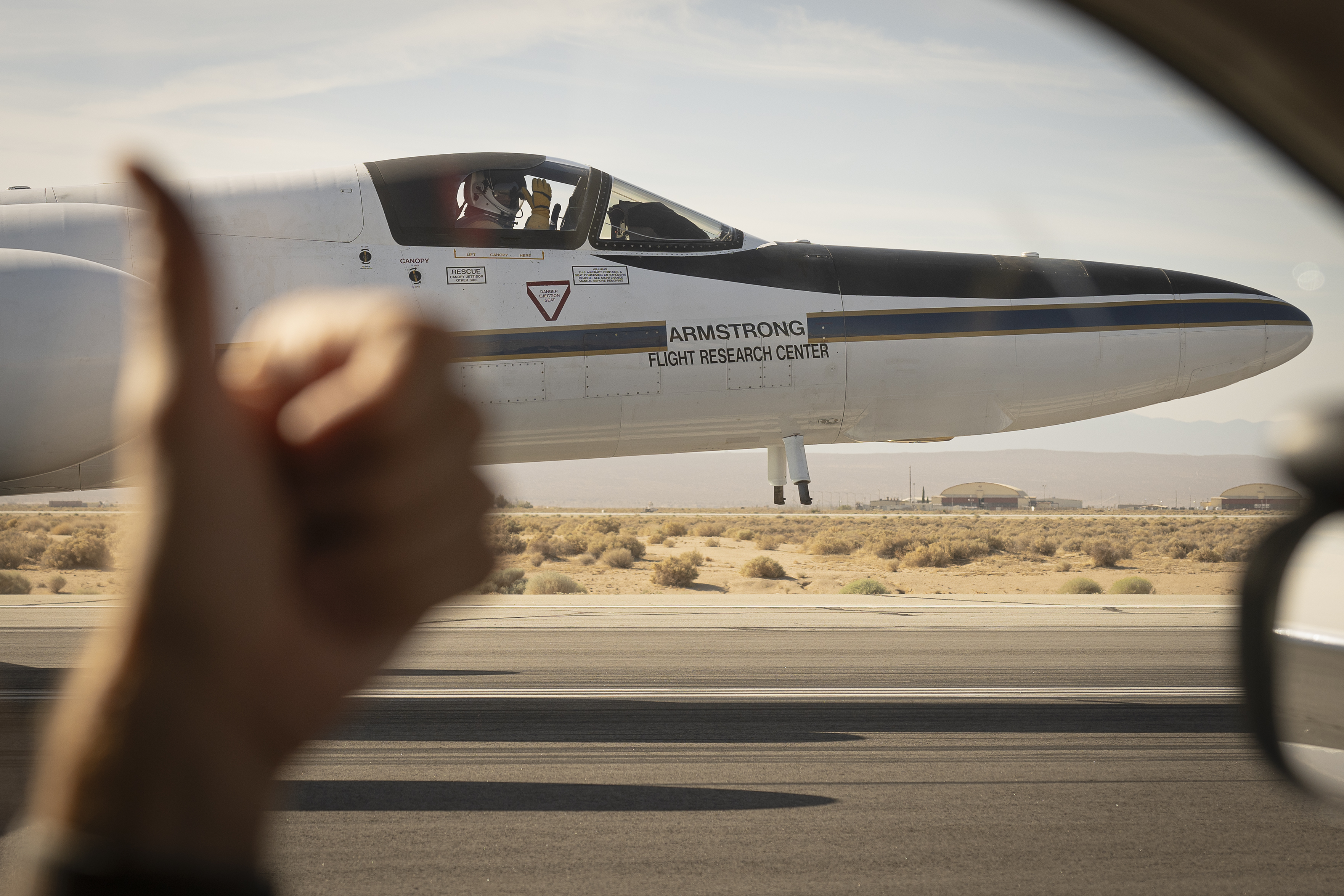The NASA STEM (Science, Technology, Engineering, and Mathematics) Enhancement in Earth and Space Science (SEES) Internship Program at the University of Texas Center for Space Research is a national high school research experience that provides students with direct access to NASA data, mission-aligned investigations, and expert mentorship. For ten years, SEES has united high-performing 11th and 12th grade students from diverse backgrounds across the country to conduct research in space systems, planetary science, remote sensing, emergency response, and aerospace design.
In summer 2025, 174 students were selected through a competitive national application process and placed into small, mission-focused research teams. These teams explored topics in aerospace engineering, in-space systems, planetary exploration, and Earth observation. The program began with a virtual research phase and continued with a two-week residency for 82 students at the Center for Space Research, while 92 students participated virtually. Interns collaborated closely with NASA scientists, academic researchers, and industry mentors. Projects were presented at a national scientific symposium and will be shared at the 2025 American Geophysical Union (AGU) conference.
Interns worked in small, mission-aligned teams focused on space science, engineering, and remote sensing. Projects combined advanced technical analysis with creative design, resulting in a range of prototype systems and data-driven outcomes.
Highlighted projects included:
- Lunar Refueling Architecture Optimization
Interns developed a trajectory optimization algorithm for Artemis missions and created a scoring system to evaluate routes based on abort options, complexity, and orbital fuel depot access. A specialized propellant management device was designed to reduce overall propellant margins. - Asteroid Sampling and Deflection System
Students proposed a dual-purpose system capable of collecting asteroid samples and safely altering an unexplored asteroid’s trajectory to reduce potential threats to Earth. - EXPANSE Mars ISRU Rover
Enabling human exploration and In-Situ Resource Utilization (ISRU) of Mars with EXPANSE (Extraction and Prospecting of Aqueous and Nutrient-rich Subsurface Environments). This rover concept enables subsurface ice extraction and in-situ resource utilization to support future Mars missions. It addresses current drilling limitations, confirms predicted ice locations, and proposes a deployment strategy at Deuteronilus Mensae. - X-59 Aerodynamic Modeling and Computational Fluid Dynamics (CFD)
Interns developed a conceptual design for a supersonic airliner inspired by NASA’s X-59, using OnShape and CFD software to model and refine noise-reducing features that minimize sonic boom impact. They validated their design with Python-based mathematical models simulating shockwave behavior and wave propagation.
With 20 teams in all, additional projects expanded research in Earth observations, using satellite imagery, radar, and astronaut photography to monitor floods, wildfires, air quality, and surface deformation. Other teams advanced astrophysics and planetary science by analyzing stellar clusters, exoplanet transits, and deep-space features with NASA datasets.
One of the team members, a rising senior from Brownsville, TX, reflected on his journey:
“Three months ago, I had no real-world experience with engineering, and no real research done outside of my classes. But three months ago, I was accepted into the NASA SEES internship. Being a NASA SEES intern has transformed my life in ways I never imagined possible so early on.”
SEES teams also participated in a microgravity research track. Using the ZQube, a compact research platform with an integrated camera, sensor stack, and payload compartment, teams designed experiments for flight aboard a parabolic aircraft. The ZQube was developed by Twiggs Space Lab and Space for Teachers in collaboration with SEES, giving interns a direct role in shaping the technology they used. During the onsite phase, interns conducted drop tests to test and refine their payloads. The experiments are scheduled to fly in Spring 2026, with imagery and sensor data returned to student teams for analysis.
The SEES program is a nationally recognized model for developing a diverse and technically skilled aerospace workforce. By applying NASA data to real-world problems, SEES equips students with early access to tools, training, and research practices used across the aerospace sector. The program builds data-literate problem solvers prepared for innovation and long-term contributions to science and technology.
For more information, visit: https://www.csr.utexas.edu/sees-internship/.
The NASA SEES project is supported by NASA under cooperative agreement award number NNH15ZDA004C and is part of NASA's Science Activation Portfolio. Learn more about how Science Activation connects NASA science experts, real content, and experiences with community leaders to do science in ways that activate minds and promote deeper understanding of our world and beyond: https://science.nasa.gov/learn/about-science-activation/.









